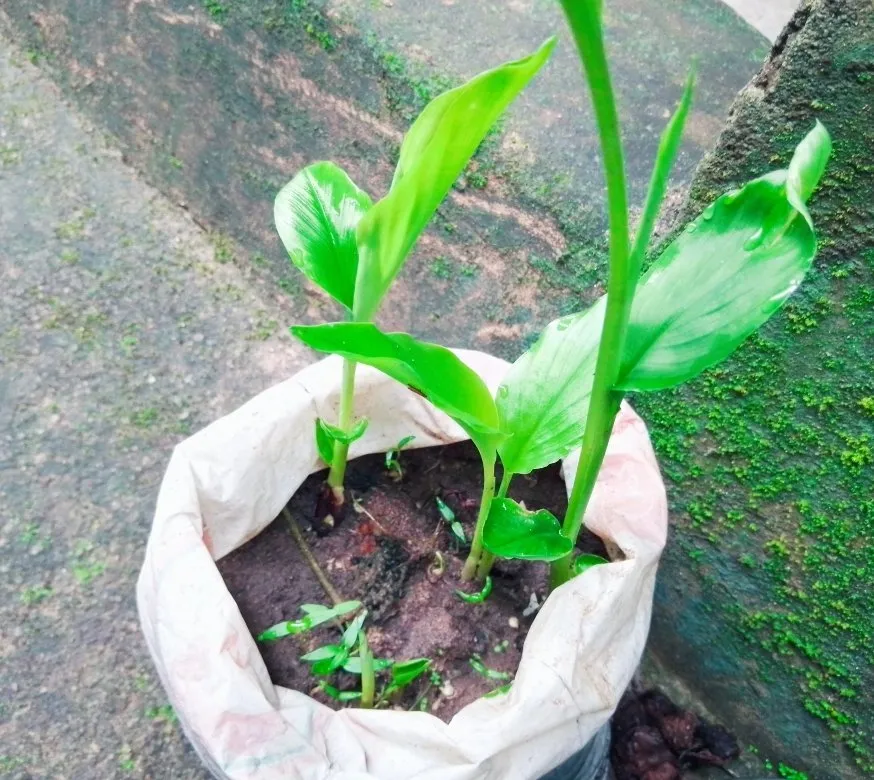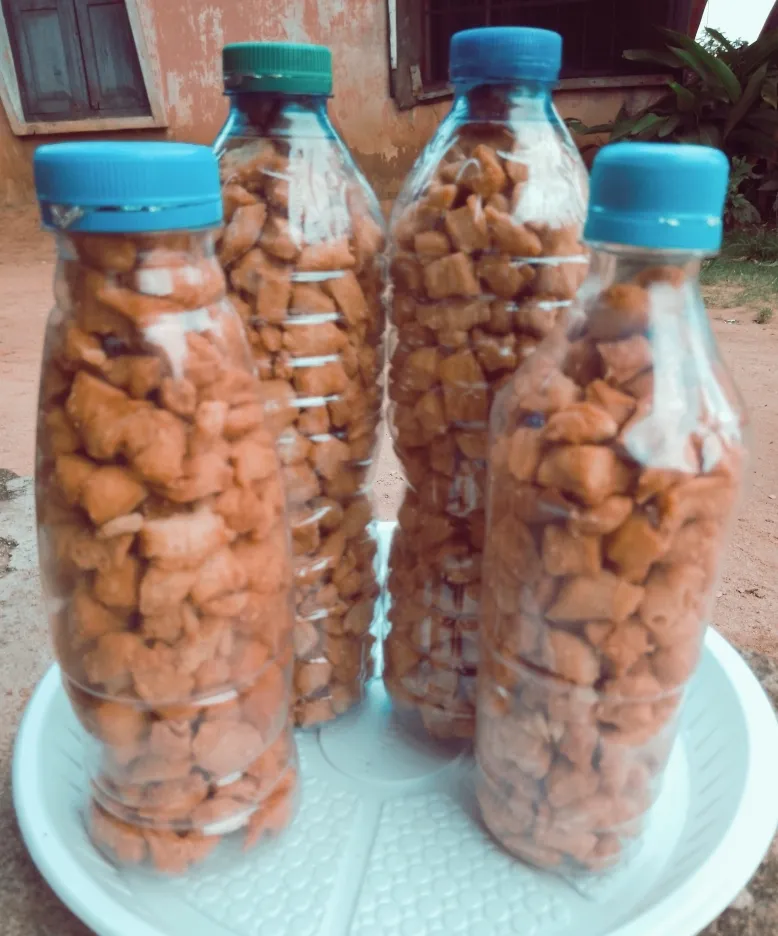Knowing where and how to start living a more minimalistic lifestyle for an eco-friendly environment can be a bit difficult especially for those who little or no idea what minimalism is all about.
For me it hasn't been all that difficult because I've been a minimalist right from my childhood days and have equally been practicing some environment friendly lifestyles.
So in this post, I will share with some practical ways to that has been helping me achieve this and I will sum them up in the 5 R's which are
Reduce
Reuse
Recycle
Repair and
Refuse.
Reduce
We know that minimalism is all about reducing excess stuffs and one way to do that is by decluttering - which is getting rid of things that are no longer useful or needed.
By so doing you are freeing up spaces for air circulation, comfort and easy movement to do other important things which will add value to your life and the environment,
Personally, I do not subscribe to having a home filled with so many items that one can hardly move around easily, it makes the whole place stuffy. I only buy and keep items that I need, that way I'm saving money and saving my environment from excesses.
Another way I practice reduction is by being intentional about what I consume. Instead of buying or eating more of processed foods, I go for fresh organic ones, that are locally grown and in season. Doing this have a lower environmental impact because less energy is required to grow and transport them. Also they require less packaging, so waste is reduced.
Even when cooking, one can choose to use every part of the food, like the stems, leaves, and seeds example - broccoli, mustard plant, cauliflower, carrot etc. This is a way of reducing food waste, and protecting the environment from pollution.
Another side to this is growing some of my own foods- which is a great way to live with intention and reduce the impact you have in the environment.
Not only that it helps to keep a healthy lifestyle because I have control over how they're grown. Again this helps to reduce energy used in transporting the food, and packaging too.

Produce from my garden
Even if you do not have a portion of land, you can achieve this with a cement or rice bags, containers, and place them right at your backyard or balcony.
Although I have a garden where I usually cultivate vegetables and other stuffs, I still use nylons to plant things.

Tumeric planted in a nylon bag
- Reuse
Reuse has to do with using things again and again instead of going for new ones.
The essence of reusing items is that it helps keep them out of landfills, where they would otherwise create waste and environmental pollution.
I've had this Eleganza food flask from my high school days and it's still serving me so I have no need for a new one.

Other examples of reusing items;
- I use glass bottles and plastic bottles as storage containers.

Chin chin stored in a plastic bottle
When my clothes get torn, I stich them back and use instead of discarding them for new ones and I use old clothes as cleaning rags.
I use aluminum cans and plastic bottles to plant flowers, and other seeds.

FlowersInstead of buying new shopping bags each time why not reuse the old ones so I store nylons bags and use them again.
Recycle
Recycling has to do with converting waste materials or items to new usable ones. Items like paper, plastic, and metal, cans, aluminum, glass bottles, can be easily recycled. So instead of throwing these items away, I can take them to a recycle station and collect a token for them. By doing this I am not are only making extra money but also reducing waste and contributing to eco friendly environment.
- Repair
Another minimalistic practice that helps me achieve an environmentally friendly lifestyle is by repairing things - fixing items when they break or spoil instead of buying new ones. By so doing I am practicing minimalism and equally helping reduce the amount of waste and pollution in the environment if l had discarded or dumped them.
This practice I learnt from my dad, he is good at this. Before he can discard an item just know that it is beyond repair, and most of them he does by himself. I can remember one of his resting chairs, he bought it from one of the guys who buys items for recycling some time last year and fixed it up. He's still using it till date.
- Refuse
As a minimalist refusing to get things I have no need for is the best practice for an eco friendly environment.
i prefers water to other types of drinks, so I usually say no when someone offers them to me. Also I usually decline an offer of foods, or items which I know won't serve me Doing this is a great way of living with intention and saying no to excess consumption or acquiring of things which makes for an eco friendly environment.
Looking at these practices, you can see that living a more minimalistic for environmentally friendly lifestyle is achievable. Remember that a healthy environment is for the good of all.
Thank you for reading and do have a pleasant time.
This is my response to the Kiss Blog Ideas Wk 94
Still the #threadsaddict 😂

All Images Are Mine